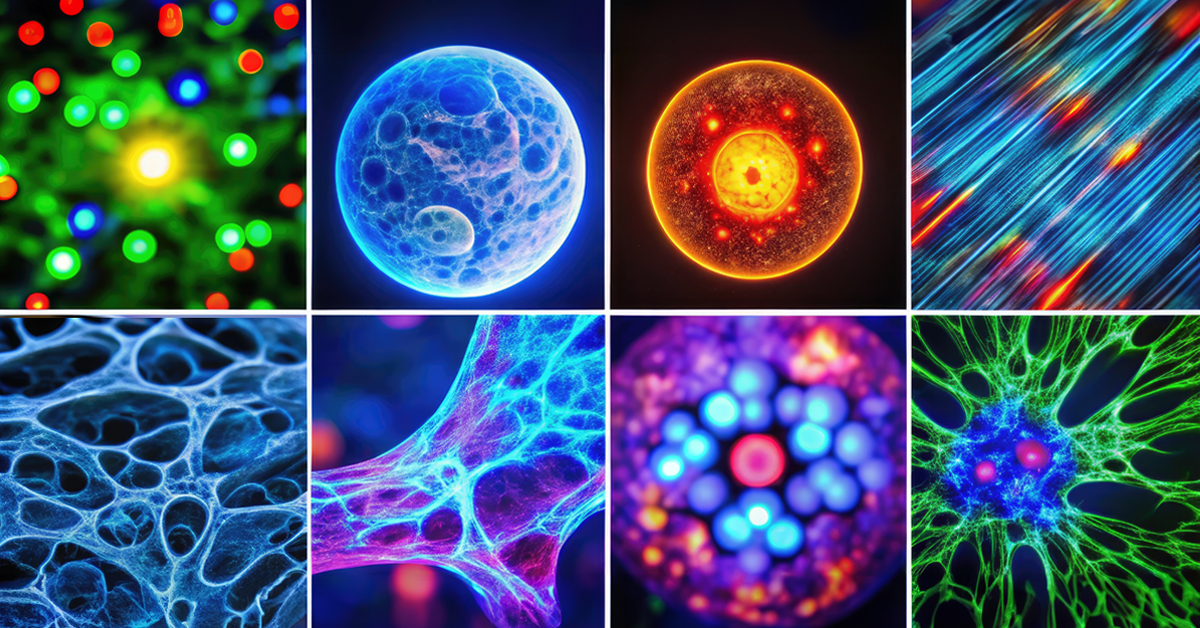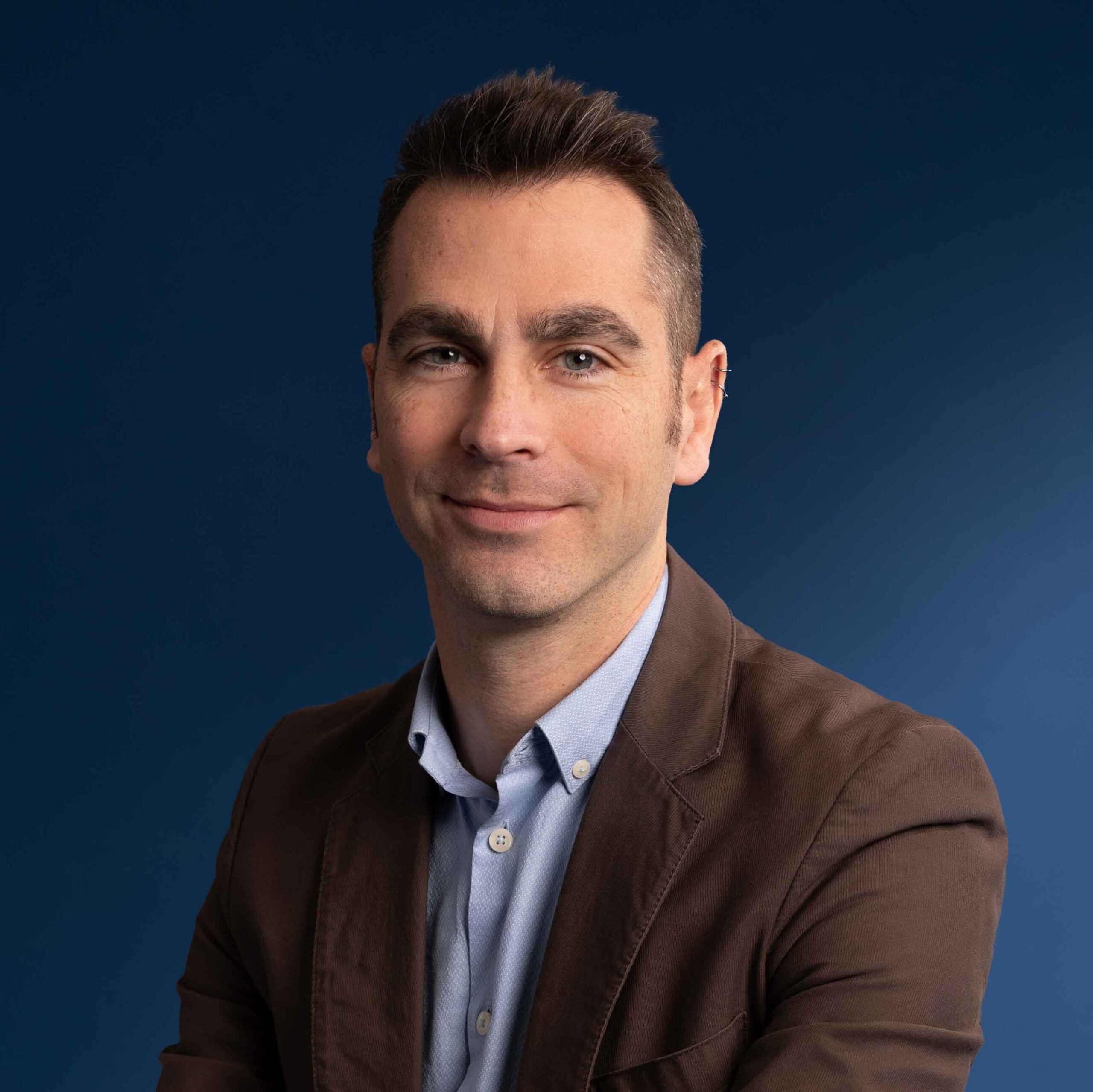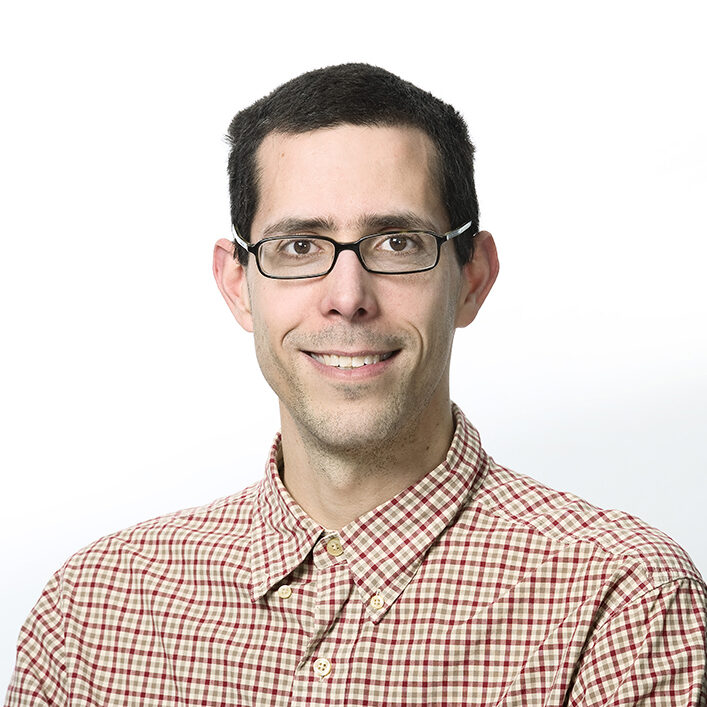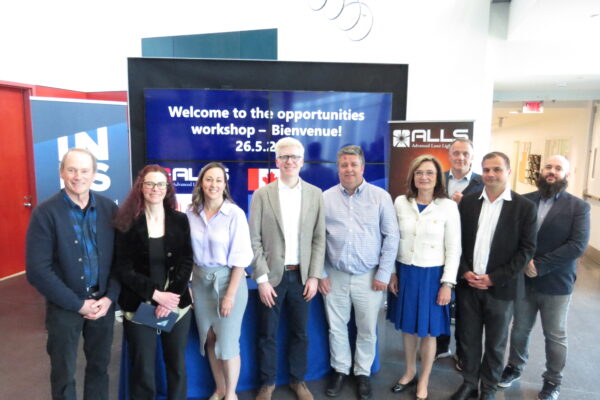- Research
-
YOU ARE
- Community member
- Future Student
- Student
- Professor
- Alumni
- Media
- Guidance counsellors
- INRS retiree
- Contact Us
- Newsroom
- Careers
- FR
-
Studies
We teach the next generation of researchers to develop scientific, social, and technological innovations.
-
Research
We find solutions through interdisciplinary research and industry or public and community partnerships.
-
INRS
We play an active role in Québec's economic, social, and cultural development.
The research team puts their expertise in physics, chemistry, photonics and biotechnology at the service of healthcare in Quebec, while training the next generation of scientists through high-level research projects.

Photo : Adobe stock
The Institut national de la recherche scientifique (INRS) is pleased to announce the creation of the Chair in Nanobiophotonics funded entirely by the INRS Foundation, which will contribute $100,000 per year for five years.
INRS professors Marc A. Gauthier and Jonathan Perreault are co-directing this new chair, furthering their long-standing collaboration. “Though my lab is already established at the Énergie Matériaux Télécommunications Research Centre, I recently moved to join Professor Perreault at the INRS Laval campus, where the Armand-Frappier Santé Biotechnologie Research Centre is located, to optimize cooperation for the Chair. ”

“People assume that it’s easy for, say, a physicist and a clinician to communicate, but it’s not! It’s important to be in the lab together, interact, explore possibilities together… The Chair’s research projects encourage this kind of interdisciplinarity, which is really rich in opportunities and discoveries.”
Marc A. Gauthier, professor specializing in dynamic chemistry
In the interest of further expanding the possibilities, the co-chairholders brought fellow INRS professors Jinyang Liang and Maya Saleh on to collaborate as associate researchers.
This kind of interdisciplinarity is very much in line with the core value of collaboration that guides INRS’s activities. The Executive Director of the INRS Foundation, Élise Comtois, adds: “The Foundation is using an endowment fund to set up the Chair in Nanobiophotonics to encourage the INRS centres’ integration and joint efforts, among other things. Combining expertise fuels enthusiasm and maximizes the benefits for the public.”
The INRS Chair in Nanobiophotonics’ potential impact is unprecedented, particularly when it comes to cancer detection and treatment. Involving pharmaceutical chemistry, molecular biology, immuno-oncology, ultrafast imaging, and biophotonics, the Chair’s work focuses on aptamers (short fragments of DNA) as responsive recognition agents, exploring the possibility of designing more efficient tools for analyzing human tissue samples. Professor Perreault foresees significant benefits for the public.

“In concrete terms, this could lead to significant advances in precision medicine and more effective diagnostic and therapeutic approaches in immuno-oncology, among other medical applications.”
Jonathan Perreault, professor specializing in microbiology
The Chair is also a unique learning opportunity for graduate students. “The issues facing Quebec’s society are complex and call for multifaceted solutions. The Chair is another driver of interdisciplinarity, which is vital for training a new generation of scientists capable of meeting the challenges of the future,” finishes Ms. Comtois.
You may also like


Share

